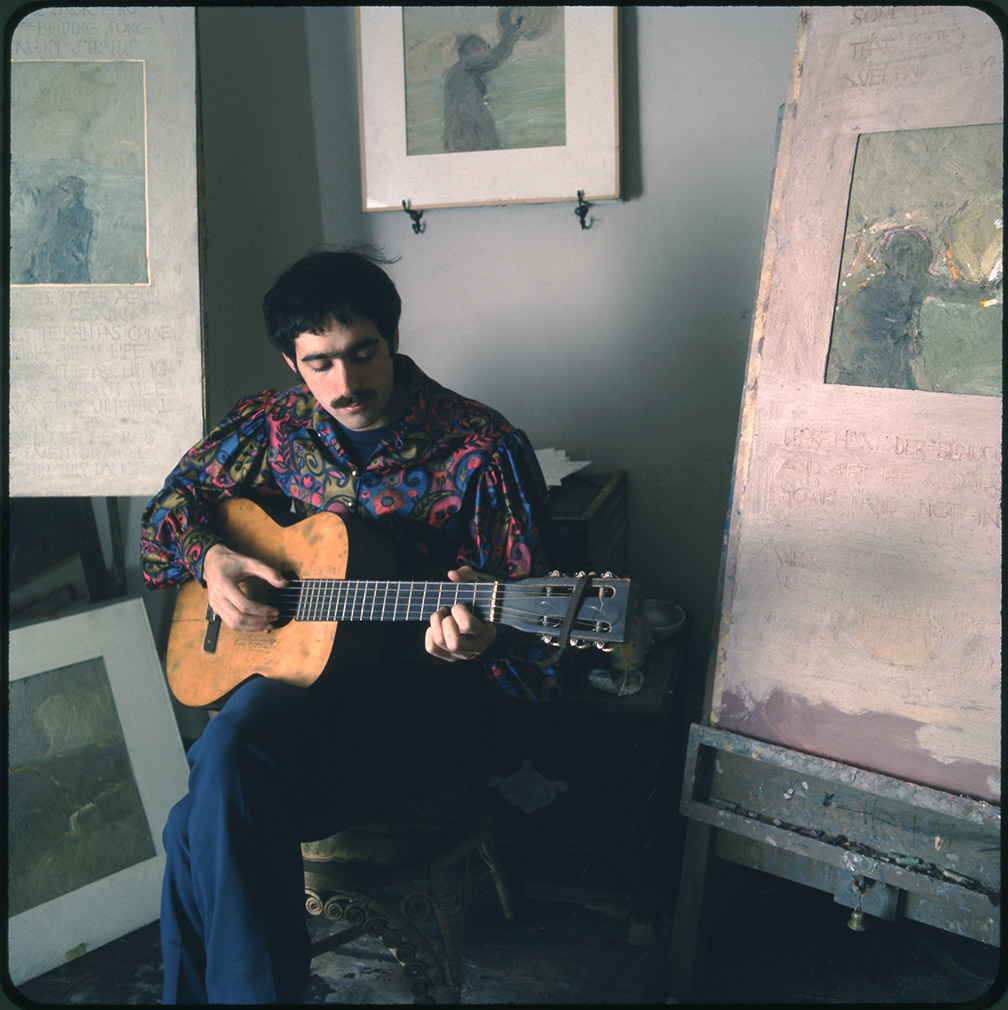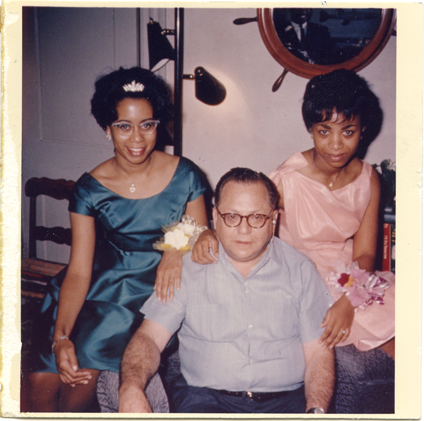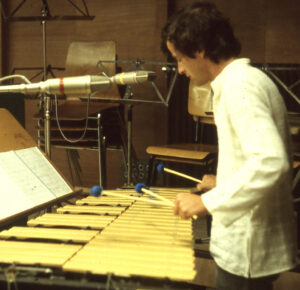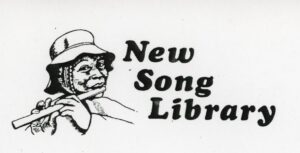Jim Kweskin Papers

The Jug Band visionary Jim Kweskin was one of the major lights of the 1960s folk revival, and an influential figure in Americana music since. A native New Englander, Kweskin was born in Stamford, Conn., in 1940. As a student at Boston University, he was drawn into the Boston-Cambridge folk scene and inspired to learn the guitar, developing a ragtime-blues fingerpicking technique that he inflected with jazz and blues that became a bedrock style of the folk revival. Following a sojourn in California, he returned to Boston in 1963 and formed the Jug Band with Fritz Richmond, Geoff Muldaur, Bob Siggins, and Bruno Wolfe, later joined by Maria Muldaur, Mel Lyman, Bill Keith, and Richard Greene. The Jug Band developed a national following performing pre-World War II American music, laced with a sense of humor and 1960s sensibility. At the height of their popularity, the Jug Band dissolved in 1968. For several years in the 1980s and 1990s, Kweskin was relatively removed from recording, but he resumed work as a soloist, as a member of the U & I Band, the Texas Sheiks, the Jug Band; and as fellow performer with a long list of artists.
A rich record of eclectic musical tastes and a passion for American music, the Kweskin collection offers important documentation of a major figure on the folk scene. The collection includes scrapbooks, newsclippings, concert posters and fliers, and ephemera from throughout Kweskin’s career, along with hundreds of personal and professional photographs of Kweskin, the Jug Band, U and I, and later collaborations. As an historian of American music, Kweskin also assembled discographies of major artists and labels and built a library of works on blues, country, and other forms of popular music, along with hundreds of 78 rpm records, 45s, LPs, and compact disc recordings. Finally, there are hundreds of reel to reel, cassette, CD, and DVD recordings of Kweskin from throughout his career.





